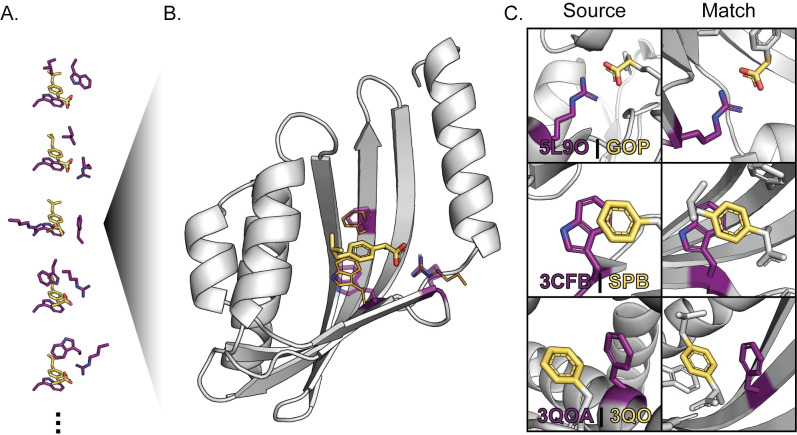Fig 3. Discrete Protein-Fragment Contacts are Assembled into Composite Binding Sites.
A. Composite binding sites are generated by combining discrete, observed contacts (purple side chains) with fragments that compose the target ligand (yellow) into low-energy configurations using a simulated annealing protocol. B. RosettaMatch finds scaffold proteins (grey) with existing cavities that can accommodate the target ligand with close agreement with contact residue geometries defined in composite binding site solutions (RosettaMatch residues: purple sticks, composite binding site definition: orange lines). C. Comparison of protein residue (purple) interactions with defined fragments (yellow) in the context of the protein-ligand complex that served as the source of a contact pool interaction (Source) and in the context of a match produced using RosettaMatch (Match). The source protein-ligand complex PDB ID and ligand chemical component identifier are provided for each source interaction.

